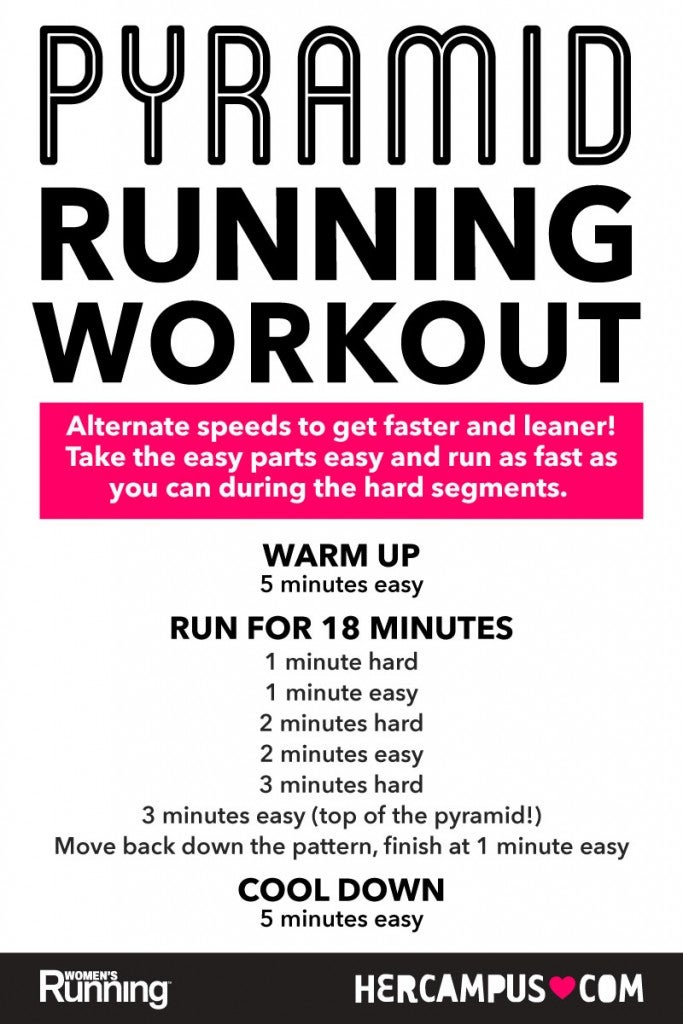Overcoming Pain in Operating: Approaches and Techniques That Work
Pain is a typical friend for many runners, typically serving as an obstacle to accomplishing their preferred goals. With the best approaches and strategies, it is possible to conquer and even prevent the discomfort linked with running. By discovering numerous strategies such as understanding the various sorts of running pain, enhancing footwear and type, integrating cross-training and stamina workouts, executing effective recuperation techniques, and maintaining appropriate nutrition and hydration, runners can potentially reduce their discomfort and boost their total running experience.
Understanding Various Types of Running Discomfort

Another type of running discomfort is joint discomfort, which can materialize as a sharp or achy discomfort in locations such as the knees, hips, or ankles (running strategy). Joint discomfort might be caused by variables like incorrect running form, overuse, or underlying problems like arthritis (great tips). It is crucial to set apart in between muscular tissue discomfort and joint discomfort, as the latter may need clinical attention to prevent more injury
Recognizing the various kinds of running pain is important for reliable monitoring and prevention strategies to make sure a risk-free and pleasurable running experience.
Correct Footwear and Running Type
To maximize performance and lower the threat of running-related injuries, selecting suitable footwear and keeping correct running type are essential components for joggers of all levels. It is recommended to select running shoes that are particularly created for the person's foot type, running gait, and the type of running task they engage in.

Cross-Training and Toughness Exercises
Strength exercises, like squats, lunges, and core workouts, play an essential duty in maintaining muscular tissues and boosting running effectiveness. They can remedy muscle imbalances, enhance agility, and increase power output, all of which are important for running performance.
Incorporating cross-training and stamina workouts right into a running routine should be done purposefully. It is essential to enable appropriate remainder between running sessions and cross-training tasks to prevent overuse injuries. Additionally, concentrating on appropriate type and technique during strength exercises is vital to optimizing their advantages and decreasing the threat of injury. By integrating these elements right into a running routine, joggers can build a stronger foundation, enhance performance, and enjoy a more sustainable running experience.
Healing and Relax Strategies
Having developed the relevance of cross-training and strength workouts in a detailed running regimen, interest can currently be directed towards Healing and Relax Strategies as essential parts for enhancing efficiency and reducing the danger of injuries. (running strategy)
Recuperation after running is vital for muscle repair service and development. Methods such as foam rolling, stretching, and massage therapy aid in decreasing muscle pain and improving flexibility. Adequate rest between runs allows the body to recover and adjust to the physical anxiety, preventing overuse injuries.
Integrating active recuperation days right into a training routine, where low-intensity activities like strolling or cycling are done, can boost blood flow and promote healing without putting excess pressure on the muscle mass. In addition, appropriate hydration and nourishment play an important role in the healing procedure by restoring shed fluids and nutrients.
Quality rest is an additional essential aspect of healing that need to not be neglected. Throughout rest, the body goes through repair and regeneration processes, adding to total physical and mental wellness. By focusing on healing and remainder methods, runners can keep optimal efficiency levels and decrease the possibility of experiencing pain or injuries.
Nutrition and Hydration for Runners
How can runners enhance their efficiency with correct nutrition and hydration methods? Nutrition and hydration are crucial aspects of a jogger's training program, playing a vital duty in efficiency, endurance, and healing. To enhance performance, runners need to concentrate on consuming a well-balanced diet that consists of carbs, healthy proteins, healthy and balanced fats, vitamins, and minerals. Carbohydrates supply power for running, while proteins help in muscle repair and recuperation. Healthy fats support overall health and wellness and aid in taking in essential nutrients. Sufficient hydration is also important to maintain optimal efficiency, as also mild dehydration can negatively affect running efficiency. Runners need to drink water prior to, during, and after their go to stay hydrated. Electrolytes, such as sodium and potassium, are likewise important for keeping fluid balance and muscle function - running strategy. In addition, timing dishes and treats appropriately prior to runs can assist protect against stomach discomfort and supply look at this now the necessary energy for peak efficiency. By taking note of their nourishment and hydration, runners can boost their endurance, accelerate recovery, and execute at their finest.
Verdict
Finally, by comprehending the various kinds of running discomfort, putting on appropriate shoes, keeping proper running type, incorporating cross-training and stamina workouts, focusing on recuperation and rest, and focusing on nutrition and hydration, runners can efficiently get rid of pain and enhance their performance. Carrying out these strategies and techniques can assist joggers avoid injuries, improve their endurance, and ultimately take pleasure in a much more meeting running experience.